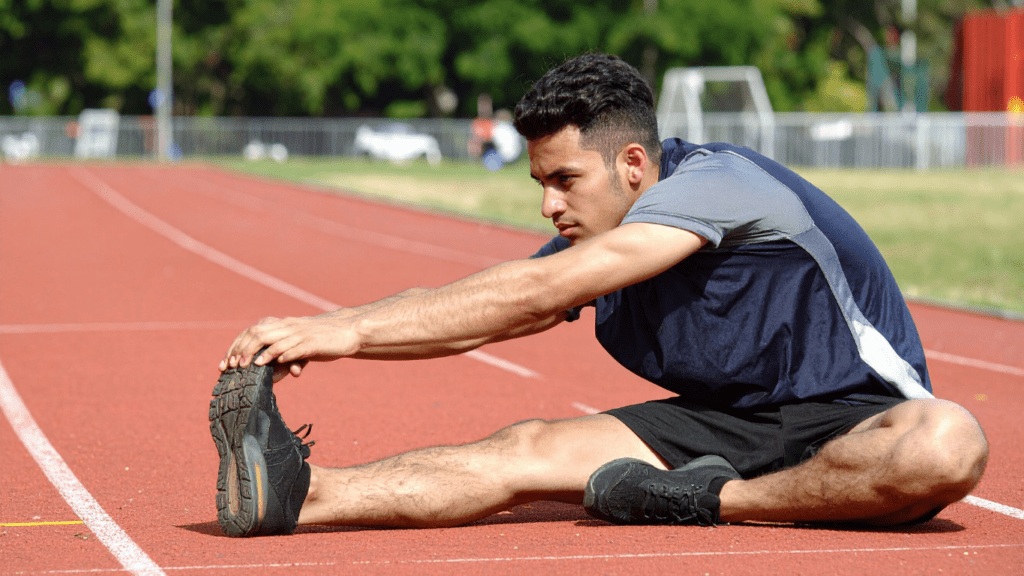Wearable technology has come a long way from simply tracking steps and heart rates. By 2025, wearables are set to revolutionize how we monitor and optimize muscle recovery. As someone who’s always looking for ways to improve performance and recovery, I’m fascinated by how these devices are blending advanced tech with personalized insights.
Overview Of 2025 Wearables For Tracking Muscle Recovery
Wearables in 2025 focus on real-time data collection for muscle recovery. Equipped with advanced sensors, these devices monitor metrics like:
- muscle fatigue
- hydration levels
- inflammation markers
For example, electromyography (EMG) sensors analyze muscle activation, while thermal imaging identifies localized inflammation.
AI-powered algorithms enhance personalization by interpreting data to create tailored recovery protocols. They recommend stretching routines, nutrition adjustments, or rest intervals based on real-time assessments. This customization benefits athletes aiming to boost performance and reduces injury risks for fitness enthusiasts.
Integration with existing health ecosystems improves wearables’ usability. Devices sync with apps tracking workouts, sleep, and vitals, consolidating data for comprehensive insights. Wearables like smart sleeves and patches lead this innovation, offering non-intrusive solutions for recovery monitoring.
Key Features Of Next-Generation Wearables
Wearables in 2025 combine cutting-edge technology with enhanced functionality, transforming how users track muscle recovery. These devices integrate advanced sensors, AI-driven insights, and seamless health ecosystem integration.
Advanced Sensors And Tracking
Next-generation wearables use refined sensors to monitor metrics linked to muscle recovery. EMG sensors accurately measure muscle activation patterns, providing insights into fatigue levels. Thermal imaging identifies inflammation by detecting temperature changes in overworked areas. Sensors for hydration and pH levels assess electrolyte balance, aiding recovery strategies. These wearables deliver precise, actionable data for both athletes and fitness enthusiasts.
AI-Driven Insights
AI-powered algorithms interpret data from sensors, offering unparalleled personalization. Wearables generate tailored recovery plans based on an individual’s muscle activity, inflammation levels, and hydration status. For example, they might recommend dynamic rest intervals, stretching routines, or optimized nutrition plans. These insights support faster recovery, enhance performance, and minimize risks of overtraining or injury.
Integration With Health Ecosystems
Wearables seamlessly integrate with health platforms, streamlining the user experience. They sync with fitness apps to consolidate data on workouts, sleep quality, and vital signs. For instance, users can track muscle recovery alongside heart rate, oxygen saturation, and sleep rhythms, gaining holistic health insights. This interconnected approach ensures an accessible, centralized view of overall well-being.
Leading Wearable Devices In 2025

In 2025, wearable devices for tracking muscle recovery will dominate the health tech market. Advanced models will offer unparalleled accuracy and personalization, setting new standards for recovery optimization.
Top Brands And Models
Major brands have established leadership in muscle recovery wearables.
- Whoop 5.0 Recovery Band integrates EMG sensors and hydration analysis, creating precise insights into muscle activity.
- Garmin RecoverSmart Sleeve measures inflammation markers via thermal imaging while syncing with Garmin Connect for holistic data visualization.
- Apple Recovery Pro Patch offers seamless integration with the Apple Health ecosystem, leveraging AI to deliver dynamic recovery recommendations.
- Emerging brands like BioSync and NeuroStim focus on innovative wearable patches, providing affordability without compromising technology.
Unique Features And Innovations
Wearables in 2025 emphasize unique functionalities to enhance recovery benefits. Precise EMG sensors allow advanced tracking of muscle activation patterns during rest and exercise. Integrated thermal imaging pinpoints inflammation for targeted recovery plans. AI-driven algorithms provide tailored rest intervals, nutrition advice, and dynamic warm-up suggestions. Smart connectivity ensures devices sync with health platforms, offering users holistic insights, including sleep quality and cardiovascular health. Compact designs, such as sleek patches and sleeves, ensure non-intrusive use with high functionality.
Benefits Of Wearables For Muscle Recovery
Wearable devices for tracking muscle recovery offer precision and convenience in optimizing recovery strategies. By 2025, these devices are advancing recovery techniques through innovation and comprehensive data.
Improved Performance Analytics
Advanced wearables collect real-time data on muscle activity, fatigue levels, and tissue recovery. For instance, devices with EMG sensors measure muscle activation patterns, identifying imbalances or inefficiencies in movement. By analyzing these metrics, I can pinpoint areas needing improvement, helping optimize workouts and minimize overtraining risks. Integrated AI interprets trends, providing actionable insights to enhance athletic performance while reducing injury probabilities.
Enhanced Recovery Speed
Wearable technology accelerates recovery by offering hyper-personalized recommendations. Devices equipped with thermal imaging and hydration tracking sensors identify inflammation zones and detect dehydration early. This allows me to adjust recovery strategies, like applying localized cooling or increasing fluid intake, faster. Personalized alerts for rest intervals and nutrition adjustments based on collected data further support quicker recovery from intense physical activity.




